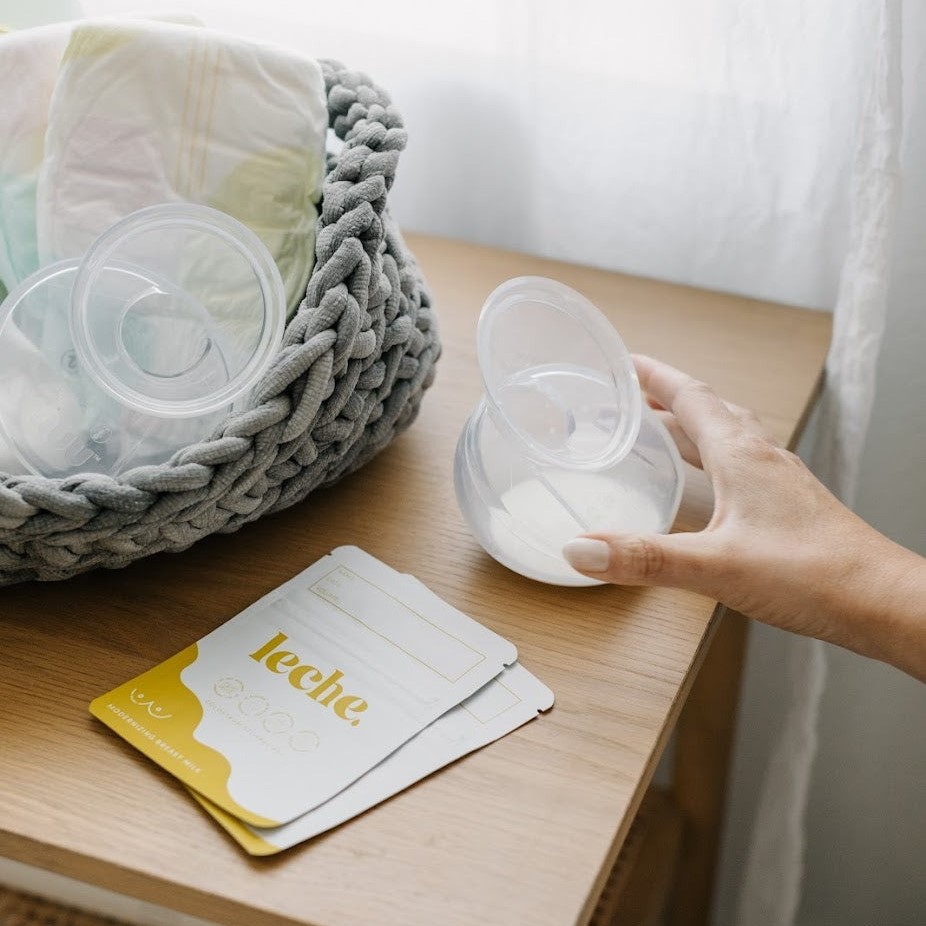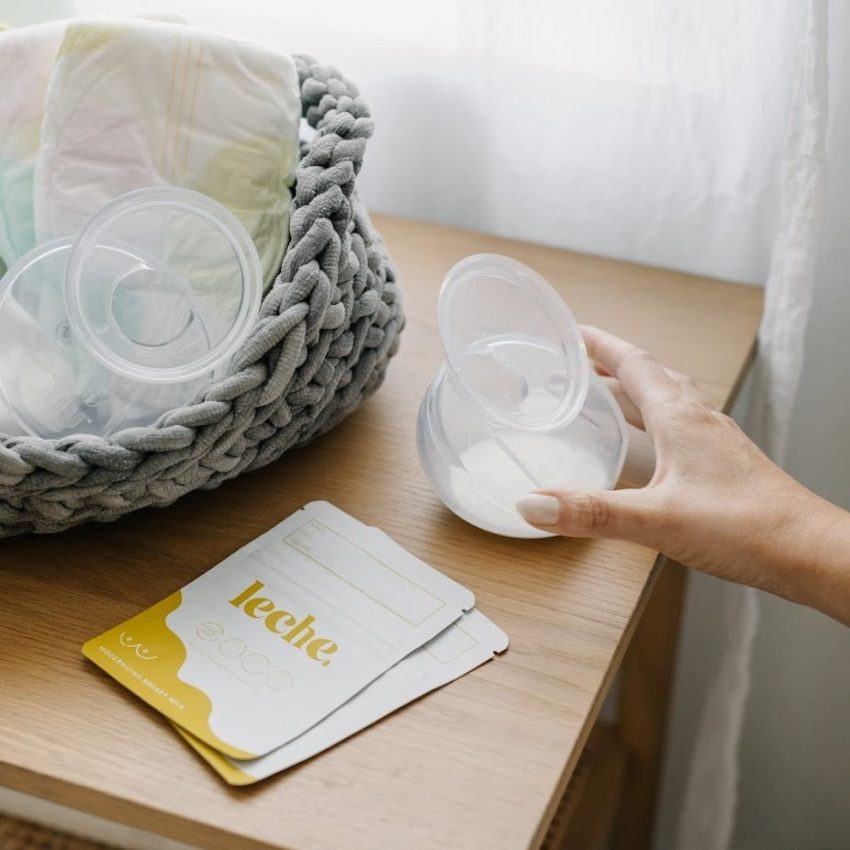The Benefits of Freeze Drying Breast Milk
The process of freeze drying breast milk brings forth numerous benefits for mothers and infants alike. To begin with, it extends the longevity of breast milk’s nutritional value, allowing it to be stored and used over longer periods without any significant loss of its essential vitamins and minerals. This method of preservation is particularly helpful for working mothers or those who need to be away from their infants for an extended time. By freeze drying their milk, they can ensure a supply of their own nutritious breast milk for their child, regardless of their schedule or location.
Freeze dried breast milk also supports a hygienic way of feeding. The low moisture content due to freeze drying reduces the risk of bacterial growth, which is essential for maintaining an infant’s health. This makes it an optimal choice for mothers who are cautious about food safety and want to minimize any risks of milk contamination.
Another critical advantage is the convenience it offers. Freeze dried breast milk is lightweight and easy to transport, making it ideal for travel. Moreover, when ready for use, it can simply be reconstituted with water, relieving parents from the hassle of refrigeration or warming milk—benefits that play a crucial role in modern parenting.
Lastly, this method supports exclusive breastfeeding goals. By allowing mothers to store their milk for future use, freeze drying encourages continued breastfeeding, aligning with the recommendations of healthcare professionals for infant health and nutrition. This helps to build and keep a strong bond between mother and child, preserving that essential connection.
How Freeze Dried Breast Milk is Made

Turning liquid breast milk into a freeze dried form is a meticulous process. First, the milk must be carefully expressed and screened for safety. Then, it’s poured into special trays or containers designed for freeze drying. The milk is frozen to a very low temperature, usually around -40 degrees Fahrenheit. This step preserves its nutrients and ensures bacteria cannot thrive.
Once frozen solid, the breast milk undergoes sublimation in a freeze dryer. During sublimation the ice transitions directly to vapor, skipping the liquid phase entirely. This means moisture is removed without raising the milk’s temperature, which can degrade its quality.
The next stage is the primary drying phase, where the breast milk is kept under a vacuum. The low pressure encourages the ice to vaporize and the temperature is carefully controlled to ensure the milk’s integrity. This part of the process is slow and can take several hours to ensure complete drying.
After primary drying, there’s often a secondary drying step. This aims to remove any remaining water molecules by slightly raising the temperature. It’s critical for extending the shelf life of the freeze dried product.
Finally, the freeze dried breast milk is sealed in moisture-proof and air-tight packaging. This step is crucial as it prevents any possible contamination and ensures the milk remains sterile until it’s ready to be rehydrated and consumed by the infant.
Throughout this process, care and precision are paramount to maintain the milk’s nutritional value. Advanced technology is used to monitor and adjust settings, ensuring the freeze dried breast milk retains its beneficial properties. For parents relying on freeze-dried breast milk, the reassurance comes from knowing their child receives the best possible nutrition akin to fresh breast milk.
Comparing Freeze Dried to Other Breast Milk Preservation Methods
When comparing freeze dried breast milk to other methods, several differences become clear. Traditional breast milk storage includes refrigeration and freezing. Refrigeration is convenient for short-term use but limits breast milk’s usability to a few days. Freezing extends this timeframe to several months but still requires a strict thawing process to prevent nutrient loss. Freeze drying, on the other hand, offers a longer shelf life without the need for continuous cold storage, making it superior in terms of convenience and duration.
One method some parents use is canning breast milk. However, canning involves high temperatures, which can destroy some of milk’s essential nutrients. Unlike canning, freeze drying preserves most of the milk’s vitamins and enzymes, as the process avoids high temperatures. Freeze dried breast milk, therefore, stands out for maintaining nutritional integrity.
Another method to note is lyophilization—a term often used interchangeably with freeze drying but can sometimes refer to a more complex process. While both involve freezing and drying, lyophilization may sometimes include different pre-treatment stages. Nevertheless, the end result is similar; a dry product with a lengthy shelf life.
Lastly, some companies offer services to turn breast milk into jewelry or keepsakes. These practices are not about nutrition but offer a way to commemorate the breastfeeding journey. Though sentimental, this does not provide a feeding option like freeze drying does.
Overall, when stacked against other preservation methods, freeze drying offers the best balance of longevity, nutritional preservation, and ease of use. This makes it an increasingly popular choice among modern parents.
Nutritional Integrity of Freeze Dried Breast Milk

One of the paramount concerns for parents is the nutritional integrity of their child’s food. With freeze dried breast milk, the critical nutrients like proteins, vitamins, and antibodies are well-preserved. This retention is partly due to the low-temperature process. Unlike heat-based methods, freeze drying keeps nutrients almost intact. This is a big win for freeze dried breast milk over traditional methods.
For parents, knowing their child is getting a diet close to fresh breast milk is reassuring. Freeze drying locks in the goodness. Studies show that important components like immunoglobulins survive the process. These components are key to an infant’s immune defense.
What’s more, the process retains the milk’s digestibility. This means little tummies can break it down as easily as they would fresh milk. Even the delicate fats, crucial for brain development, stay protected. Enzymes that help with digestion and overall health are also maintained.
In terms of nutrients, freeze dried breast milk can be seen as a mirror to its fresh counterpart. However, parents should follow proper rehydration techniques. Adding the right amount of sterilized water is crucial. It ensures the milk returns to a state close to its original form.
Lastly, freeze dried breast milk avoids the nutrient loss seen in thawing frozen milk. No need for parents to worry about vitamins diminishing during warming. With proper storage, the integrity of the milk can be preserved for months or even years. For parents juggling the demands of modern life, this offers a sense of security.
Shelf Life and Storage Guidelines for Freeze Dried Breast Milk
For parents who choose freeze dried breast milk, knowing how to store it is vital. Proper storage ensures that the breast milk’s nutritional value stays preserved for optimal infant health. Here are the key guidelines for storing freeze dried breast milk efficiently.
- Shelf Life: Once freeze dried, breast milk can be stored for long periods. When sealed and kept in cool, dry conditions, it can last for months or potentially years. This surpasses the shelf life of refrigerated or frozen breast milk significantly.
- Ideal Conditions: Store freeze dried breast milk in a cool, dark place away from direct sunlight. Heat and light can degrade the milk’s quality over time. Opt for a pantry, cupboard, or drawer that’s consistently cool.
- Sealed Packaging: The packaging should be airtight and moisture-proof. Any exposure to air or humidity can spoil the milk. Check the seal after each use to ensure it’s intact.
- Handling: When handling freeze dried breast milk, clean hands are a must. Use sanitized utensils and surfaces to prevent contamination.
- Rehydration: When it’s time to use the freeze dried milk, follow the instructions for rehydration carefully. Use sterilized water and mix only what you’ll use right away to avoid waste.
By adherence to these guidelines, parents can take full advantage of freeze dried breast milk’s longevity and convenience. This storage method not only grants peace of mind but also maintains the precious nutrients mothers work hard to provide their babies.
Innovative Uses of Freeze Dried Breast Milk
Freeze dried breast milk is not only for direct infant consumption. It holds potential for various innovative uses. Creators are looking into these uses to support both parents and infants.
- Mixing with solid foods: As infants grow, parents can mix the milk into cereals or purees. This enhances nutrition and eases the transition to solid food.
- Emergency infant food supplies: In disaster relief, having a stock of freeze dried breast milk can be lifesaving. It is simple to transport and store, making it ideal for emergency kits.
- Donations for milk banks: Freeze drying can revolutionize milk banks. It allows easier shipping and longer storage, helping more babies in need.
- Research and medicine: The milk’s preserved state is perfect for research. Scientists study its properties for medical insights and potential therapies.
Each of these uses leverages the flexibility and stability of freeze dried breast milk. They open doors for ongoing support of infant health beyond typical breastfeeding durations. Creative applications continue to emerge as more people realize the value of this preservation method.
Legal and Ethical Considerations in Sharing and Selling Freeze Dried Breast Milk

Navigating the legal and ethical landscape is key when dealing with it. Sharing or selling this milk involves careful consideration of guidelines and regulations.
Firstly, the legality of selling breast milk varies by region. Some areas have strict laws on the sale of human milk, requiring specific licenses or aligning with donation standards of milk banks. It is critical to understand and follow local laws.
Ethical considerations also play a huge role. The safety of the recipient infant is paramount. Providers must ensure milk is free from contaminants and diseases. Donors are usually screened but, when it comes to resale, guaranteeing safety is more complex.
Transparency is another ethical must. Sellers should fully disclose how the milk was collected, processed, and stored. Buyers need clear information to make informed decisions.
Price setting brings its own ethical questions. High prices can restrict access, potentially privileging those with more resources. Fair pricing helps to keep milk accessible to those who need it most.
Finally, informed consent is essential. Mothers must understand the implications of donating or selling their milk. This includes potential impacts on their own child’s health if increasing supply for sale reduces their capacity to breastfeed.
In summary, providing or purchasing it comes with responsibilities. Both legal and ethical standards must guide these practices to prioritize infant health and well-being.
Future Prospects of Freeze Dried Breast Milk in Infant Nutrition
The potential for it in infant nutrition is vast. As parents and healthcare experts recognize its benefits, we can expect wider adoption. Here are some future prospects for this innovative feeding option.
- Increased Demand: More parents are seeking alternatives to traditional breast milk storage. Freeze drying meets this need, promising a spike in popularity.
- Technological Advances: Technology may bring improvements. These could make freeze drying quicker and more affordable.
- Global Reach: With its long shelf life, it could reach infants globally, especially in areas with limited refrigeration.
- Nutritional Enhancements: Future processes might enhance nutritional value even more.
- Educational Initiatives: Expect more breastfeeding support initiatives to include freeze drying education.
- Insurance Coverage: As recognition grows, insurance companies might cover costs, making it more accessible.
In conclusion, freeze dried breast milk is setting a new course in infant nutrition. Its convenience, nutrition retention, and longevity suggest it will only gain more importance. As we look ahead, this method stands out not just as an alternative, but as a potential standard for feeding infants everywhere.
